Aeva Technologies, Inc. (AEVA) on Q2 2022 Results - Earnings Call Transcript
Operator: Good day. My name is Stacy, and I will be your conference facilitator. I would like to welcome everyone to Aeva Technologies Second Quarter 2022 Earnings Conference Call. During the opening remarks, all participants will be in a listen-only-mode. Following the opening remarks, we will conduct a question and-answer-session. As a reminder, today's conference call is being recorded and simultaneously webcast. I would now turn the call over to Andrew Fung, Director of Investor Relations. Andrew, please go ahead. Andrew Fung: Thank you, and welcome, everyone, to Aeva's second quarter 2022 earnings conference call. Joining me on the call today are Soroush Salehian, Aeva's Co-Founder and CEO; and Saurabh Sinha, Aeva's CFO. Ahead of this call, we issued our second quarter press release and presentation which we will refer to today and can be found on our Investor Relations website at investors.aeva.com. Please note that on this call, we will be making forward-looking statements based on current expectations and assumptions, which are subject to risks and uncertainties. These statements reflect our views only as of today and should not be relied upon as representative of our views as of any subsequent date. These statements are subject to a variety of risks and uncertainties that could cause actual results to differ materially from expectations. For a further discussion of the material risks and other important factors that could affect our financial results, please refer to our filings with the SEC, including our Form 10-Q for the quarter ended March 31, 2022. In addition, during today's call, we will discuss non-GAAP financial measures which we believe are useful as supplemental measures of Aeva's performance. These non-GAAP measures should be considered in addition to and not as a substitute for or in isolation from GAAP results. The webcast replay of this call will be available on our company website under the Investor Relations link. With that, let me turn the call over to Soroush. Soroush Salehian: Thank you, Andrew, and good afternoon, everyone. Q2 was a pivotal quarter at Aeva, as we achieved a major milestone on the path towards the production of our next-generation 4D LiDAR Technology. I'm excited to highlight that and a few of our other accomplishments, starting with slide five. First, we began delivering Aeries II two units to our strategic customers on time and according to the objectives we set out at the beginning of this year. This is a significant milestone, not only for Aeva but also for the industry, as this is the first time an FMCW 4D LiDAR with the combination of high performance and automotive reliability is commercially available. Second, with the commercial launch of Aeries II, we are seeing stronger traction in the market. We believe Aeries II offers a combination of performance and level of maturity that OEMs have been looking for, enabling us to advance to the next phase of development with our strategic customers and progress forward on a number of other engagements across automotive and industrial automation. Third, we are excited to announce a multiyear strategic collaboration with SICK AG, a leader in sensing solutions for industrial automation to deploy 4D LiDAR for a broad range of industrial sensing applications. SICK selected Aevaâs 4D LiDAR due to the unique performance capabilities enabled by our FMCW technology that address specific challenges limiting 3D LiDAR and cameras today. This collaboration is a first indication of the market demand for Aeries II and further solidified our expansion into industrial automation with a start of production targeted in 2024. And fourth, we continue to apply a strategic and deliberate approach to how we invest our capital and resources, which has enabled us to reach crucial milestone towards production and expand our commercial momentum, while maintaining strong discipline on capital allocation. Moving now to slide seven. I would like to provide more color on key business development over the past quarter. Let's start with Aeries II. The start-up Aeries II delivery is a significant achievement that represents five years of development of Aevaâs FMCW technology, with up to 500 meters of range, instant velocity detection and camera level resolution, we are excited to demonstrate to more customers, how Aeries II can unlock new levels of automation and machine perception across automotive and industrial applications. Encouraged by the strong demand for Aeries II, we are focused on scaling up manufacturing. Along with this, we continue to work towards our ultimate goal to bring 4D LiDAR production. Aeries II defines its final architecture for our first production programs, and we anticipate completing the next phase of qualification work with strategic customers over the next nine to 12 months. Turning to slide nine. I want to provide an update on the substantial progress we have made towards our cost targets. From the very beginning at Aeva, we took a different approach to perception with our FMCW LiDAR on chip technologies, with the understanding that achieving low cost and scalability are just as critical as delivering high performance to enabling wide adoption. This is why we have designed a proprietary silicon photonic chip module, which integrates all of the key optical elements of LiDAR sensing onto the single chip module and significantly reduces the number of components within the system. To our knowledge, LiDAR remains the only company to have successfully achieved this level of integration and performance to date. Aeries II utilizes our third-generation LiDAR arched module, which has helped us drive over 55% reduction in total system costs from our A-Sample. It reflects our focus on scalability and cost that goes deeply into the individual component LiDAR. For example, high-performance LiDARs on the market today often use costly fiber base lasers that are prone to lower yields and core durability. In contracts, Aeva approach removed all fiber optics from our system due to our proprietary CFMCW approach, which lowers cost and we believe that the game changer for reliability and the durability of any LiDAR system, Integration of the core components onto a silicon chip platform results in a much simplified and highly automated assembly process. This removes the need for active alignment at the system level, reducing the overall complexity and cost for manufacturing. From here, our focus will be on the integration of our final component and to bring up of production processes to achieve our cost our targets. Moving to Slide 10. We have spoken before about the growing consensus among customers that FMCW LiDAR differentiated capabilities can enable new levels of automation, not achievable with legacy technologies. With Aeries II, our engagements are simultaneously solidifying and broadening. We are engaged on a number of programs that span across applications in passenger and mobility vehicles, commercial vehicles, as well as industrial automation targeting between the 2024 to 2026 time frame. Based on our progress, we anticipate Aeries II evaluation to drive a growing number of additional programs towards production over the next 12 months. Now let's move to Slide 11, which highlights a new strategic collaboration that solidifies Aeva's expansion into industrial automation. We are thrilled that SICK decided to partner with Aeva to bring 4D LiDAR to the industrial sensing applications. Headquartered in Germany, SICK is a global leader in logistics, factory and process automation technology with major global accounts across a diverse mix of industries, driving around â¬2 billion in annual revenues. Our multiyear collaboration will start with Aeries II for application within SICKs logistics automation and factory automation businesses, which together totaled around â¬1.6 billion in segment revenues. A number of applications within those segments currently use 2D and 3D LiDAR, but after working with Aeva for the past two years, SICK will expand to leveraging Aeva 4D LiDAR and our unique FMCW technology to deliver superior performance in automation applications that limit the use of camera and 3D LiDARs. For Aeva, this collaboration will enable us to leverage SICK leading market positions and large sales force to efficiently scale the 4D LiDAR across a wide range of industrial sensing applications for SICK numerous customers worldwide. We look forward to work closely with SICK toward our target start of production in 2024. Turning to slide 12. You can see some examples of our target applications with SICK. this includes a variety of outdoor sensing for logistics automation, including ports, grains, airports and mining for a long-range instant velocity detection and immunity to the sun and retroreflector blooming are critical advantages Aeva 4D LiDAR offers that can enable a safer operation, as compared to our negative solutions can achieve today. Importantly, we plan to use the same foundational LiDAR on chip architectures that we have developed for automotive with adaptable software to deliver the specific performance requirements required by SICKs diverse mix of customers worldwide. Let's now turn to slide 14, where I will provide an update on our key objectives for 2022. We have made great progress in the first half of the year and have completed a number of critical steps, that we believe lays the foundation to achieve our key objectives for 2022. I would like to share a bit more on each one. First, on Aeries II deployment and qualification with customers. We began shipping units to our strategic customers in late Q2 on plan and consistent with the time line that we provided at the beginning of the year. Moving forward, we will be working closely on qualification in the second half of 2022, as well as bringing up manufacturing. Second, on converting two additional programs towards production, one of the two programs was met with the SICK collaboration. Beyond that, we are progressing with multiple other engagements, as well as receiving new inbound interests in both automotive and non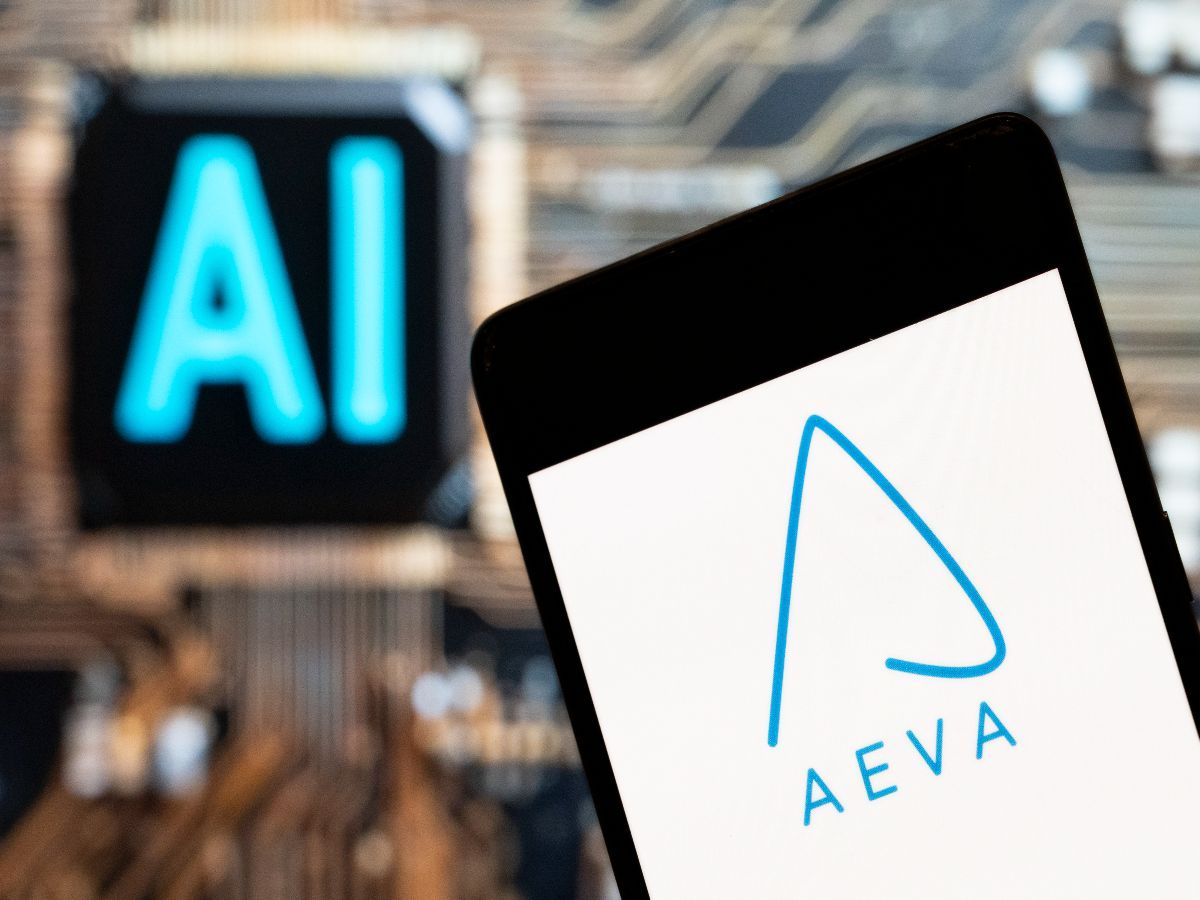
Aeva Technologies, Inc. (NASDAQ:AEVA) Financial Overview and Stock Sale by CEO
- Aeva Technologies, Inc. (NASDAQ:AEVA) reported a quarterly loss of $0.46 per share, slightly missing the Zacks Consensus Estimate.
- The company posted a positive revenue surprise with $3.58 million for the quarter, exceeding the Zacks Consensus Estimate by 24.14%.
- Aeva's CEO, Dardashti Soroush Salehian, sold 39,702 shares at approximately $13.64 per share, leaving him with 2,093,455 shares.
Aeva Technologies, Inc. (NASDAQ:AEVA) is a company that specializes in developing advanced sensing and perception systems for autonomous vehicles and other applications. The company is part of the Zacks Automotive - Original Equipment industry. Aeva's technology aims to enhance the safety and efficiency of autonomous driving. Despite its innovative offerings, the company faces financial challenges, as reflected in its recent earnings report.
On November 5, 2025, Dardashti Soroush Salehian, the CEO of Aeva, sold 39,702 shares of the company's common stock at approximately $13.64 per share. This transaction, classified as an S-Sale, leaves Salehian with 2,093,455 shares. The sale coincided with Aeva's Q3 2025 earnings call, where the company reported a quarterly loss of $0.46 per share, slightly missing the Zacks Consensus Estimate of a $0.45 loss.
Despite the earnings miss, Aeva delivered a positive revenue surprise, posting $3.58 million for the quarter ended September 2025. This exceeded the Zacks Consensus Estimate by 24.14% and marked a significant increase from the $2.25 million in revenue reported a year ago. Over the past four quarters, Aeva has consistently surpassed consensus revenue estimates, achieving this feat four times.
Aeva's financial metrics reveal some challenges. The company has a price-to-earnings (P/E) ratio of approximately -2.51, indicating it is not currently profitable. The price-to-sales ratio stands at about 56.14, suggesting investors are paying $56.14 for every dollar of sales. Additionally, the enterprise value to operating cash flow ratio is approximately -7.04, indicating negative cash flow from operations.
The company's debt-to-equity ratio is approximately -0.015, suggesting more equity than debt, which can be a positive sign. However, the current ratio is around 0.65, indicating potential liquidity challenges in covering short-term liabilities. Despite these financial hurdles, Aeva continues to focus on its innovative technology and growth in the autonomous vehicle industry.
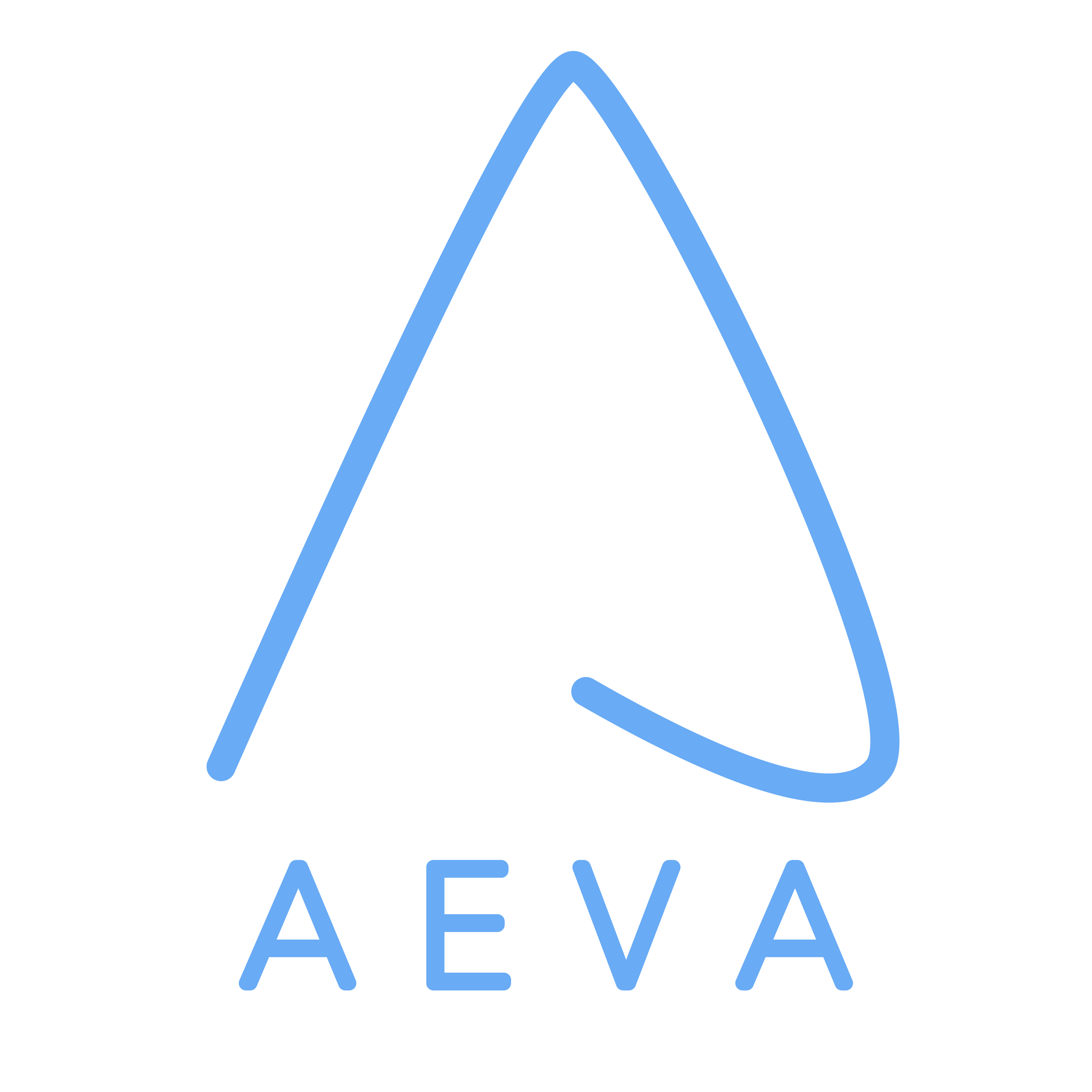
Aeva Technologies Faces Challenges in the Autonomous Driving Sector
- Aeva Technologies sees significant stock decline amidst stiff competition and financial scrutiny.
- Chief Financial Officer Sinha Saurabh sells 160,000 shares, raising concerns about the company's future.
- Financial challenges highlighted by negative earnings and a limited financial runway.
Aeva Technologies, listed on NASDAQ as AEVA, is a company in the autonomous driving sector. The company develops advanced sensing and perception systems for autonomous vehicles. Despite its innovative technology, Aeva faces stiff competition from companies like Ouster and Luminar Technologies. The autonomous driving market is still developing, and Aeva's financial performance has been under scrutiny.
On August 18, 2025, Sinha Saurabh, AEVA's Chief Financial Officer, sold 160,000 shares of the company's common stock at approximately $13.33 each. This transaction leaves him with 810,710 shares. This sale comes at a time when Aeva's stock has seen a significant decline, dropping over 59% in the past month alone. The stock has fallen 66% from its June high of $38.80, raising concerns about the company's future.
Aeva's financials reveal challenges, with second-quarter 2025 revenues at $5.5 million and an operating loss of $34.9 million. The company has only $50 million in cash, suggesting a limited financial runway unless new funding is secured. Aeva's price-to-earnings (P/E) ratio is -2.43, indicating negative earnings, while its price-to-sales ratio is 54.27, showing that investors are paying significantly more than the company's sales per share.
The company's enterprise value to sales ratio is 52.83, reflecting its valuation relative to sales, and the enterprise value to operating cash flow ratio is -5.35, indicating negative operating cash flow. Aeva's earnings yield is -41.14%, another sign of negative earnings. The debt-to-equity ratio is -0.015, suggesting more equity than debt, but the current ratio of 0.65 indicates potential challenges in covering short-term liabilities.
In the competitive landscape, while Aeva struggles, Ouster has gained 13% during the same period. However, Luminar Technologies has also faced difficulties, with its stock falling 26%. These dynamics leave investors questioning the speculative nature of holding Aeva stock, given its current financial and market challenges.
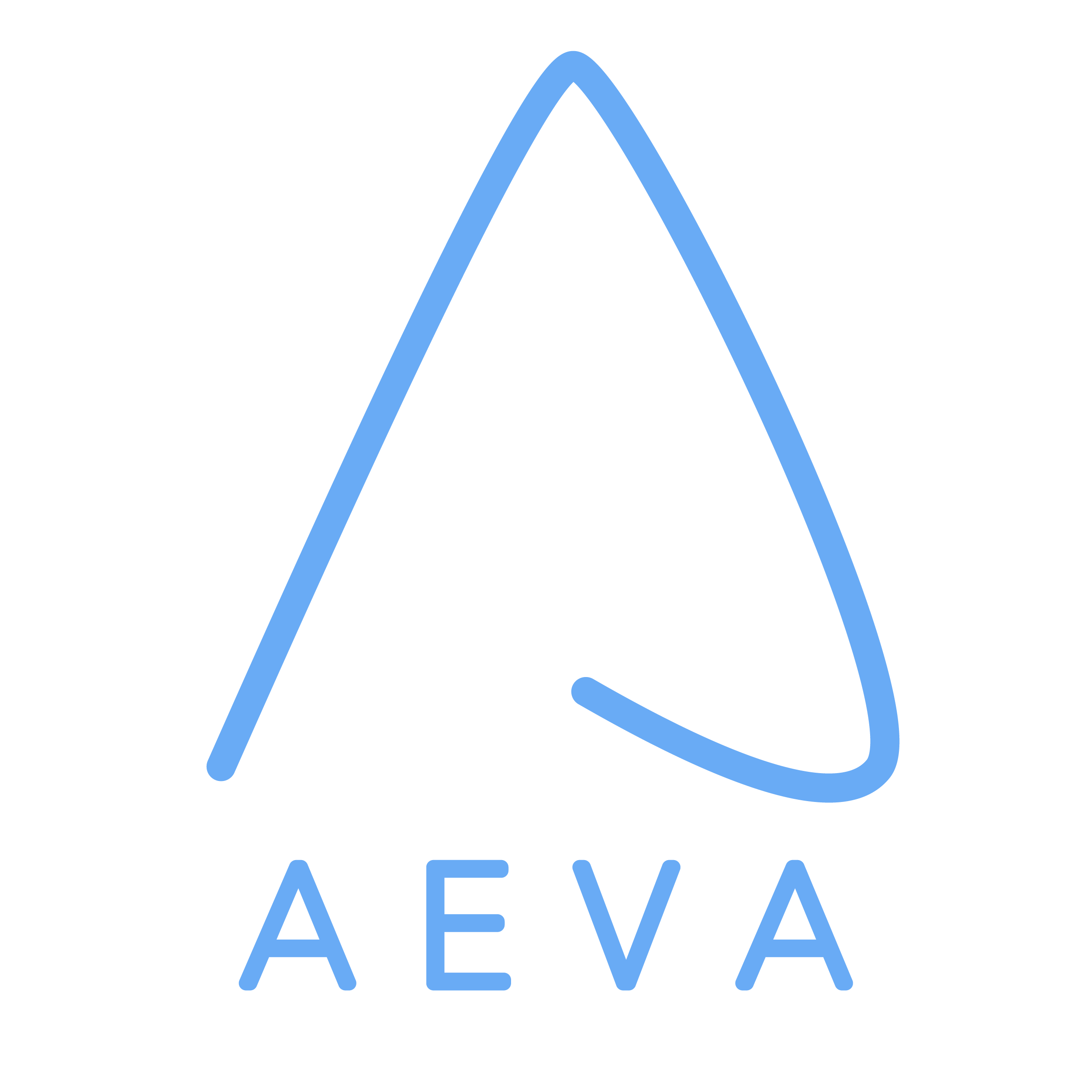
Aeva Technologies' Strategic Moves in the Aerospace and Autonomous Vehicle Sectors
- Aeva Technologies (NYSE:AEVA) collaborates with Airbus UpNext to integrate 4D LiDAR technology into autonomous aviation projects.
- The sale of a 6% stake for $50 million to a strategic partner, who will also assume some manufacturing responsibilities, could bolster Aeva's financial position and market presence.
Aeva Technologies, trading on the NYSE under the symbol AEVA, is renowned for its cutting-edge sensing and perception systems. Originating from the innovative minds of former Apple engineers, Aeva is at the forefront of developing sensors for factories and autonomous vehicles. The company's recent collaboration with Airbus UpNext, a subsidiary of Airbus, to provide 4D LiDAR technology for autonomous aviation projects marks a significant advancement in the aerospace industry.
On May 19, 2025, Rezk Mina, a pivotal figure at Aeva, executed the sale of 195,452 shares of the company's common stock at approximately $15.48 per share. Despite this transaction, Mina retains a substantial holding of 8,101,217 shares. This move coincides with Aeva's active efforts to broaden its technological influence, as evidenced by its partnership with Airbus to pioneer autonomous taxiing planes.
The collaboration between Aeva and Airbus UpNext is a testament to Aeva's innovative 4D LiDAR technology, which employs Frequency Modulated Continuous Wave (FMCW) sensing to precisely detect distance and velocity, solidifying Aeva's position in the market. Partnering with Airbus, the leading commercial aircraft manufacturer globally, highlights Aeva's potential to revolutionize the aerospace industry.
The company's price-to-sales ratio of 83 and enterprise value to sales ratio of 81 indicate high valuations in relation to sales. Nevertheless, Aeva's robust current ratio of 2.88 signifies its capability to meet short-term obligations.
The recent divestiture of a 6% stake for $50 million to an undisclosed strategic partner, who will also take on some manufacturing duties, has had a favorable impact on Aeva's share price. This strategic initiative may provide Aeva with the necessary leverage to surmount its financial hurdles while continuing to drive innovation and expand its technological footprint in the autonomous vehicle and aerospace domains.
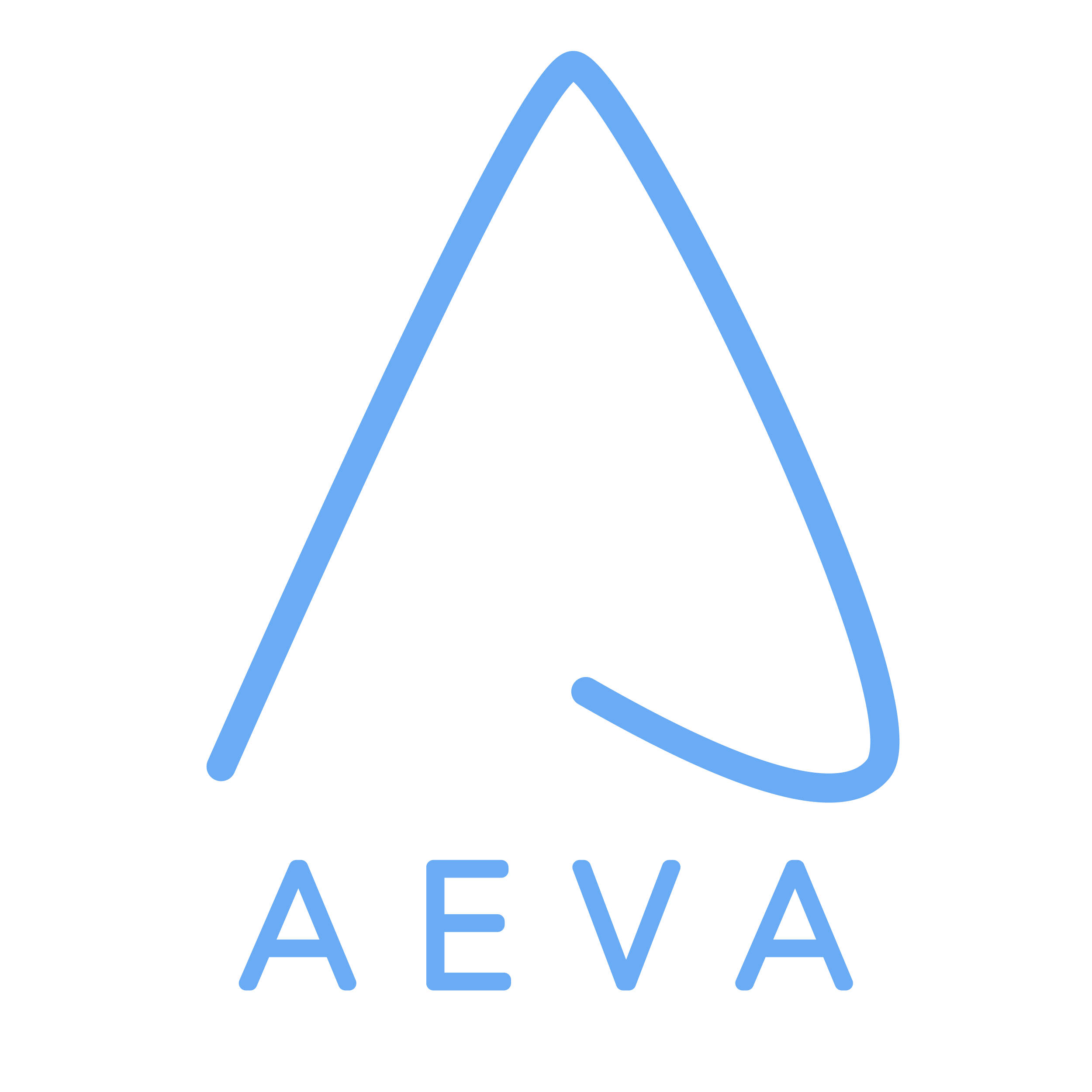
Aeva Technologies' Upcoming Earnings Report: An Insightful Preview
- Aeva Technologies (NYSE:AEVA) is set to release its quarterly earnings on May 14, 2025, with an expected EPS of -$0.48 and projected revenue of approximately $2.33 million.
- The company's financial health shows a mix of strengths and challenges, including a low debt-to-equity ratio of 0.038 but a negative price-to-earnings (P/E) ratio of -4.62.
- Investor reactions to the earnings report will depend on Aeva's performance relative to Wall Street expectations, with potential impacts on the stock price.
Aeva Technologies, listed on the NYSE:AEVA, is a company that specializes in advanced sensing and perception systems. These systems are primarily used in autonomous vehicles and other applications requiring precise detection capabilities. As a player in the tech industry, Aeva faces competition from other companies developing similar technologies, such as Velodyne Lidar and Luminar Technologies.
On May 14, 2025, Aeva is set to release its quarterly earnings. Wall Street estimates an earnings per share (EPS) of -$0.48, with projected revenue of approximately $2.33 million. The Zacks Consensus Estimate aligns with this, predicting a quarterly loss of $0.48 per share. Despite the anticipated year-over-year increase in earnings driven by higher revenues, there is concern about Aeva's ability to achieve an earnings beat.
Aeva's financial metrics reveal some challenges. The company has a negative price-to-earnings (P/E) ratio of -4.62, indicating negative earnings. The price-to-sales ratio is about 79.07, suggesting that investors are paying a high price for each dollar of sales. Additionally, the enterprise value to sales ratio is around 76.30, reflecting a high valuation relative to sales.
The company's financial health is mixed. Aeva has a low debt-to-equity ratio of 0.038, indicating a low level of debt relative to equity. The current ratio is 3.15, showing a strong ability to cover short-term liabilities with short-term assets. However, the enterprise value to operating cash flow ratio is approximately -5.08, indicating negative operating cash flow, and the earnings yield is -21.65%, highlighting financial challenges.
The stock's movement will largely depend on whether Aeva's actual results exceed or fall short of expectations. A positive earnings surprise could lead to a rise in the stock price, while a miss might result in a decline. The sustainability of any immediate price change and future earnings expectations will also be influenced by management's discussion of business conditions during the earnings call.

Aeva Technologies' Upcoming Earnings Report: An Insightful Preview
- Aeva Technologies (NYSE:AEVA) is set to release its quarterly earnings on May 14, 2025, with an expected EPS of -$0.48 and projected revenue of approximately $2.33 million.
- The company's financial health shows a mix of strengths and challenges, including a low debt-to-equity ratio of 0.038 but a negative price-to-earnings (P/E) ratio of -4.62.
- Investor reactions to the earnings report will depend on Aeva's performance relative to Wall Street expectations, with potential impacts on the stock price.
Aeva Technologies, listed on the NYSE:AEVA, is a company that specializes in advanced sensing and perception systems. These systems are primarily used in autonomous vehicles and other applications requiring precise detection capabilities. As a player in the tech industry, Aeva faces competition from other companies developing similar technologies, such as Velodyne Lidar and Luminar Technologies.
On May 14, 2025, Aeva is set to release its quarterly earnings. Wall Street estimates an earnings per share (EPS) of -$0.48, with projected revenue of approximately $2.33 million. The Zacks Consensus Estimate aligns with this, predicting a quarterly loss of $0.48 per share. Despite the anticipated year-over-year increase in earnings driven by higher revenues, there is concern about Aeva's ability to achieve an earnings beat.
Aeva's financial metrics reveal some challenges. The company has a negative price-to-earnings (P/E) ratio of -4.62, indicating negative earnings. The price-to-sales ratio is about 79.07, suggesting that investors are paying a high price for each dollar of sales. Additionally, the enterprise value to sales ratio is around 76.30, reflecting a high valuation relative to sales.
The company's financial health is mixed. Aeva has a low debt-to-equity ratio of 0.038, indicating a low level of debt relative to equity. The current ratio is 3.15, showing a strong ability to cover short-term liabilities with short-term assets. However, the enterprise value to operating cash flow ratio is approximately -5.08, indicating negative operating cash flow, and the earnings yield is -21.65%, highlighting financial challenges.
The stock's movement will largely depend on whether Aeva's actual results exceed or fall short of expectations. A positive earnings surprise could lead to a rise in the stock price, while a miss might result in a decline. The sustainability of any immediate price change and future earnings expectations will also be influenced by management's discussion of business conditions during the earnings call.
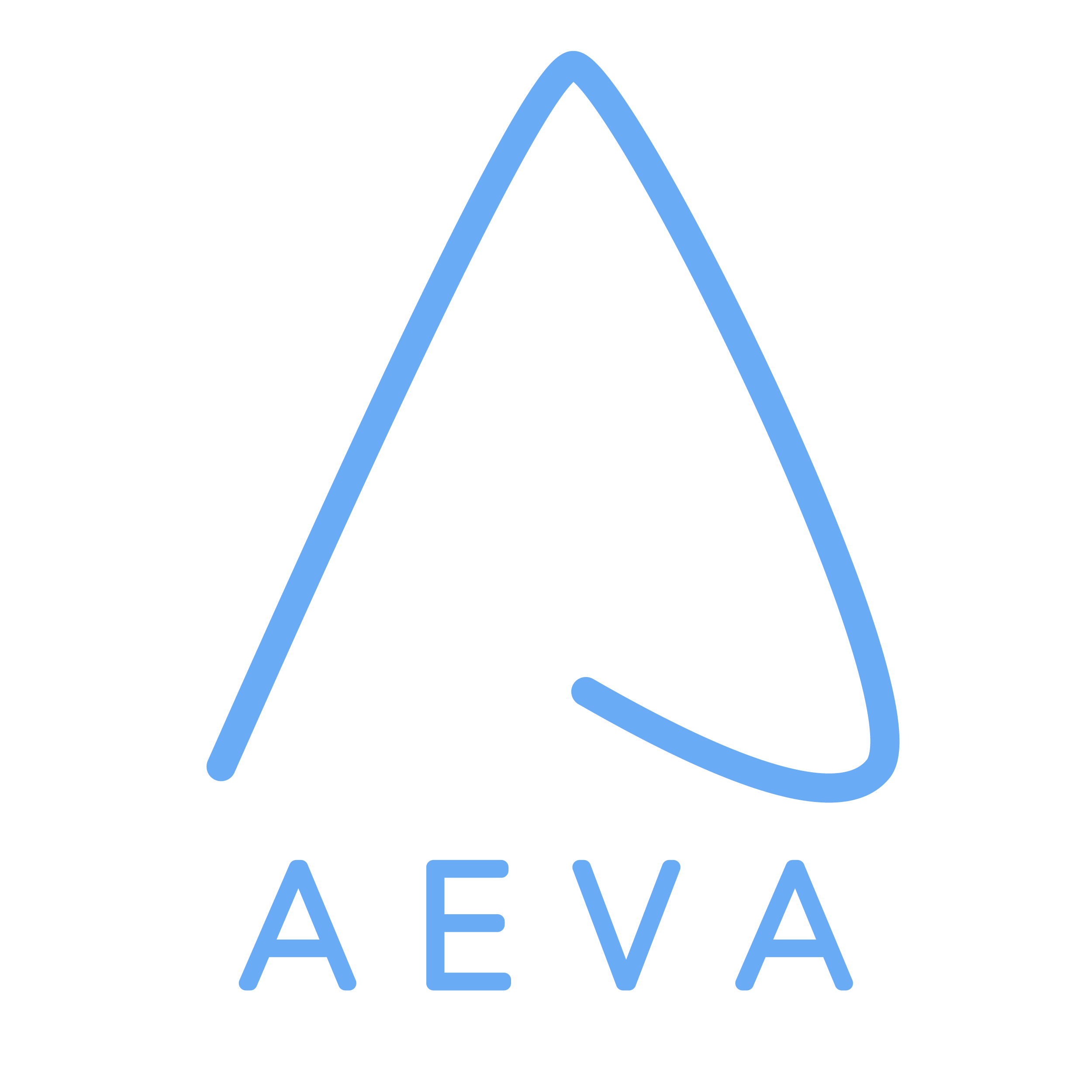
Aeva Technologies' Stock Performance and Insider Trading Insight
- Aeva Technologies (NYSE:AEVA) CEO sold 200,000 shares at $5.36 each but still holds a significant stake in the company.
- The company's stock has seen a 9.5% increase in the last trading session, with a 24.1% gain over the past month.
- Aeva reported a loss of 49 cents per share, better than expected, and exceeded revenue expectations with $3 million.
Aeva Technologies (NYSE:AEVA) is a company that specializes in developing advanced sensing and perception systems, primarily for autonomous vehicles. The company is known for its innovative 4D LiDAR technology, which enhances the capabilities of self-driving cars. Aeva competes with other tech firms in the autonomous vehicle space, striving to provide cutting-edge solutions that improve safety and efficiency.
On March 26, 2025, Dardashti Soroush Salehian, the CEO of Aeva, sold 200,000 shares of the company's common stock at approximately $5.36 each. Despite this sale, Salehian still holds a substantial 3,764,808 shares. This transaction is part of the company's ongoing activities and can be reviewed in detail on the SEC website.
Aeva's stock has been on an upward trajectory, with a notable 9.5% increase in the last trading session, closing at $5.19. This surge was fueled by a higher-than-average trading volume. Over the past month, the stock has gained 24.1%, reflecting positive investor sentiment following the company's quarterly results and a significant contract announcement.
Financially, Aeva reported a loss of 49 cents per share, which was better than the expected 58-cent loss, as highlighted by Zacks. The company also exceeded revenue expectations, reporting $3 million compared to the anticipated $2 million. This performance indicates a positive trend, with plans to increase production to 100,000 sensor units by year-end, suggesting strong growth potential for 2026.
Currently, AEVA's stock is priced at $5.80, marking an 11.75% increase. The stock has fluctuated between $5.09 and $5.81 today, with the latter being its highest price in the past year. The company's market capitalization is approximately $317.3 million, supported by a trading volume of 2,728,083 shares. This performance underscores Aeva's resilience and potential in the competitive tech market.

Aeva Technologies' Stock Performance and Insider Trading Insight
- Aeva Technologies (NYSE:AEVA) CEO sold 200,000 shares at $5.36 each but still holds a significant stake in the company.
- The company's stock has seen a 9.5% increase in the last trading session, with a 24.1% gain over the past month.
- Aeva reported a loss of 49 cents per share, better than expected, and exceeded revenue expectations with $3 million.
Aeva Technologies (NYSE:AEVA) is a company that specializes in developing advanced sensing and perception systems, primarily for autonomous vehicles. The company is known for its innovative 4D LiDAR technology, which enhances the capabilities of self-driving cars. Aeva competes with other tech firms in the autonomous vehicle space, striving to provide cutting-edge solutions that improve safety and efficiency.
On March 26, 2025, Dardashti Soroush Salehian, the CEO of Aeva, sold 200,000 shares of the company's common stock at approximately $5.36 each. Despite this sale, Salehian still holds a substantial 3,764,808 shares. This transaction is part of the company's ongoing activities and can be reviewed in detail on the SEC website.
Aeva's stock has been on an upward trajectory, with a notable 9.5% increase in the last trading session, closing at $5.19. This surge was fueled by a higher-than-average trading volume. Over the past month, the stock has gained 24.1%, reflecting positive investor sentiment following the company's quarterly results and a significant contract announcement.
Financially, Aeva reported a loss of 49 cents per share, which was better than the expected 58-cent loss, as highlighted by Zacks. The company also exceeded revenue expectations, reporting $3 million compared to the anticipated $2 million. This performance indicates a positive trend, with plans to increase production to 100,000 sensor units by year-end, suggesting strong growth potential for 2026.
Currently, AEVA's stock is priced at $5.80, marking an 11.75% increase. The stock has fluctuated between $5.09 and $5.81 today, with the latter being its highest price in the past year. The company's market capitalization is approximately $317.3 million, supported by a trading volume of 2,728,083 shares. This performance underscores Aeva's resilience and potential in the competitive tech market.







